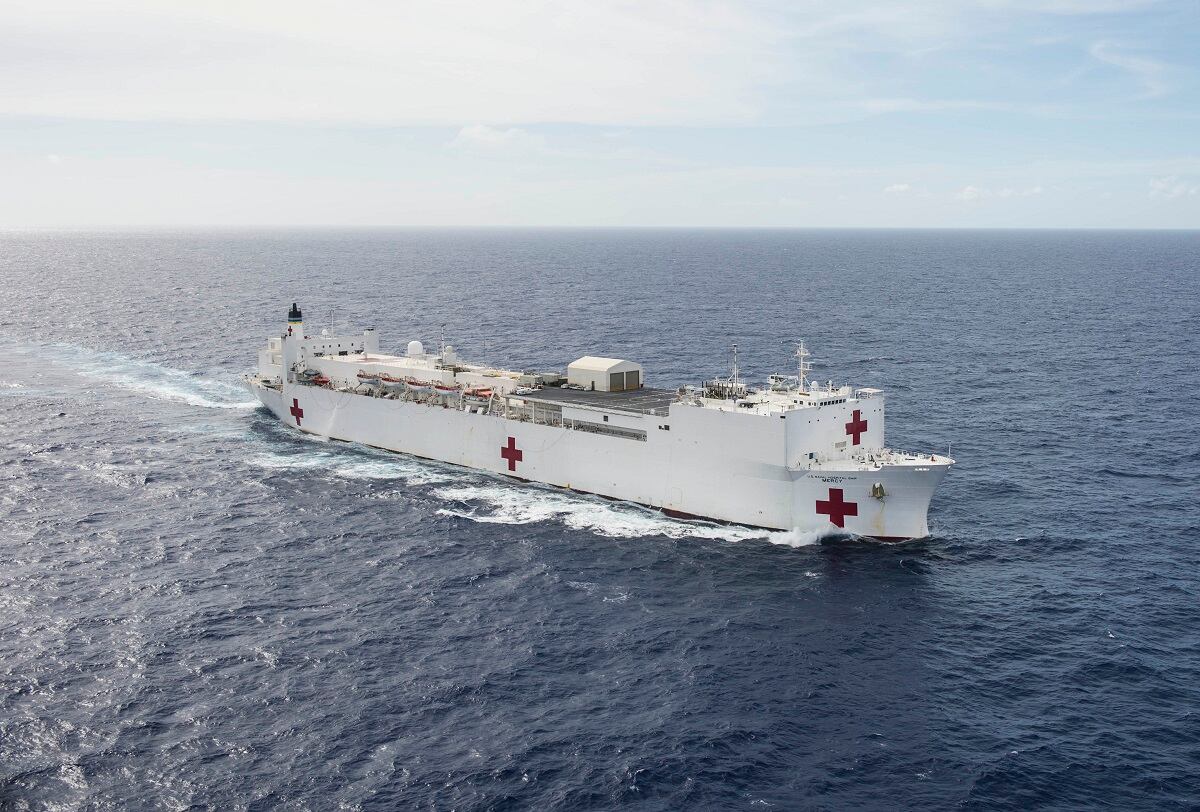MELBOURNE, Australia — The U.S. Navy will kick off its largest multilateral disaster-response preparedness mission conducted in the Indo-Pacific region on Feb. 23, with a U.S. Navy aircraft carrier scheduled to visit Vietnam in early March.
The Carl Vinson’s separate visit amid the annual Pacific Partnership mission will be the first U.S. aircraft carrier to visit Vietnam since the Vietnam War.
The 13th iteration of Pacific Partnership is aimed at helping improve disaster-response preparedness, resiliency and capacity while enhancing partnerships with regional nations and civilian humanitarian organizations. The mission will make its debut in Thailand and the Pacific island of Yap.
While often unheralded, missions like Pacific Partnership and real life humanitarian assistance and disaster relief operations are an important aspect of the U.S. military presence in the region.
Pacific Partnership 2018 will see 800 military and civilian personnel from the U.S., Canada, the U.K., Australia, France, Peru and Japan. They will be embarked on the hospital ship USNS Mercy and the expeditionary fast transport ship USNS Fall River.
USNS Mercy will make mission stops in Indonesia, Sri Lanka, Malaysia and Vietnam, while USNS Fall River will visit Yap, Palau, Malaysia and Thailand. In addition to visiting Thailand and Yap for the first time, Pacific Partnership will return to Sri Lanka for a second consecutive year to enhance ties with the Indian Ocean nation, following its debut there in the 2017 iteration.

The visit to Vietnam will also mark the fifth consecutive year and the ninth time in 11 years that Pacific Partnership has taken place in Vietnam, in a continued sign of improving relations between the U.S. and the Asian nation.
During the mission, which is expected to run to June, medical, dental, civil engineering and veterinary teams will partner with each host nation to conduct civic action projects, community health exchanges, medical symposiums and disaster-response training activities.
This year’s mission will be led by Commander, Destroyer Squadron 31, and the mission is unique in that it will feature a multinational command-and-control structure. An Australian mission chief of staff will serve onboard the USNS Mercy, and a British Royal Navy deputy mission commander will lead the mission on the USNS Fall River, according to Lt. Cmdr. Arlo Abrahamson, a U.S. Navy spokesman with Task Force 73.
“Our staff and team have come together to form a dynamic team of professionals, and we are ready to execute this mission and engage with our partners throughout the Indo-Pacific,” said Capt. David Bretz, the commodore of Destroyer Squadron 31. “We are excited about forging new friendships and deepening partnerships across the region.”
Pacific Partnership began in response to one of the world’s most catastrophic natural disasters, the December 2004 tsunami that devastated parts of south and southeast Asia. The mission has evolved over the years from emphasis on direct care to an operation focused on enhancing partnerships through host-nation subject matter expert and civil military exchanges.
“The challenges we face with natural and man-made disasters do not respect borders or national sovereignty.” said Rear Adm. Don Gabrielson, commander of Task Force 73, the executive agent for Pacific Partnership 2018. “The foundation of trust created through Pacific Partnership engagement helps foster a cooperative environment that encourages collaborative approaches to improving the lives and conditions for the people of this region and beyond.”
Mike Yeo is the Asia correspondent for Defense News.




